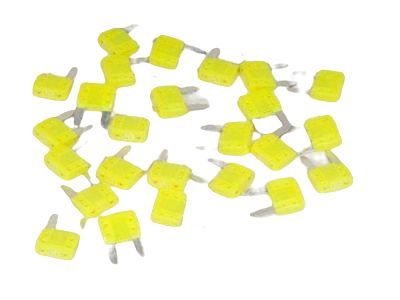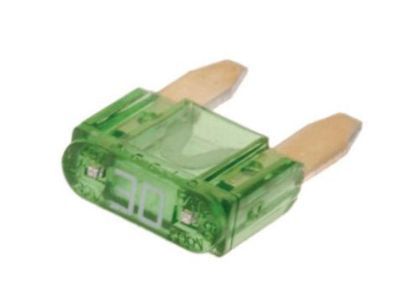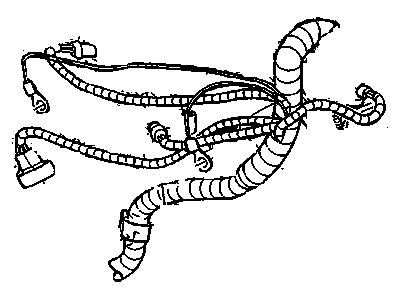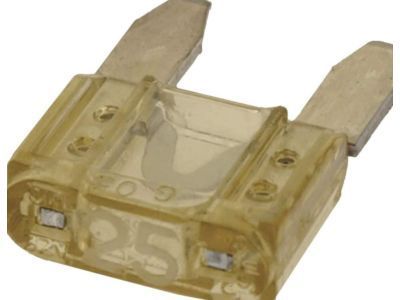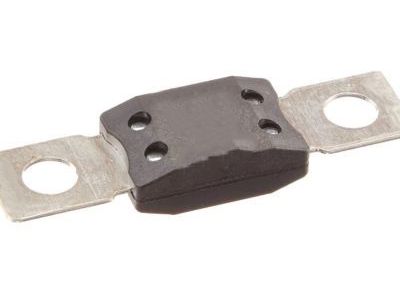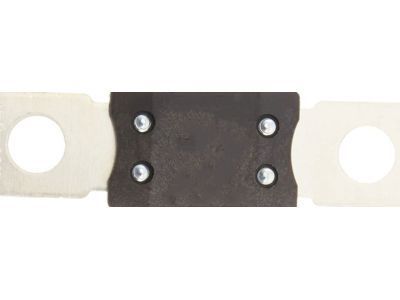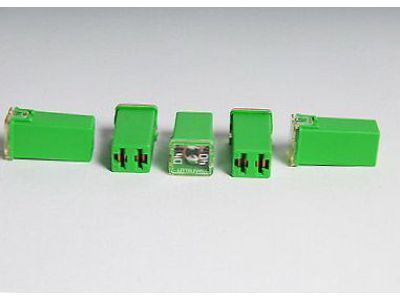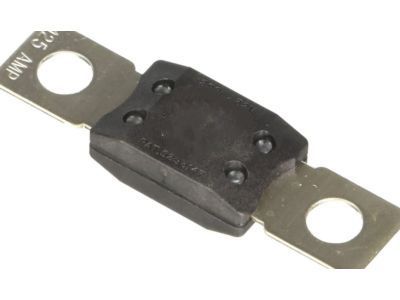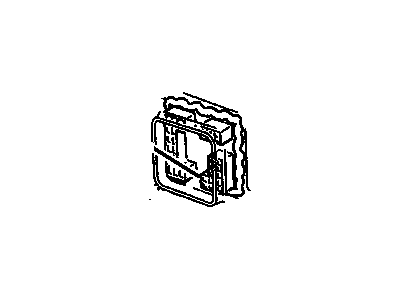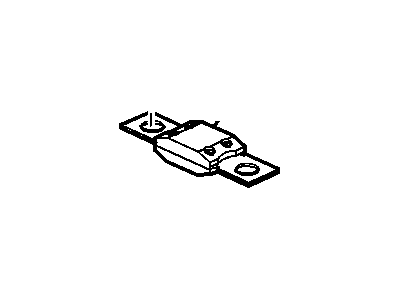
My Garage
My Account
Cart
Genuine GMC Acadia Fuse
Circuit Fuse- Select Vehicle by Model
- Select Vehicle by VIN
Select Vehicle by Model
orMake
Model
Year
Select Vehicle by VIN
For the most accurate results, select vehicle by your VIN (Vehicle Identification Number).
130 Fuses found
GMC Acadia Fuse,Mini 20 A
Part Number: 88861352$2.19 MSRP: $4.13You Save: $1.94 (47%)Ships in 1 Business DayGMC Acadia Fuse,Mini 30 A
Part Number: 12092075$0.08 MSRP: $0.16You Save: $0.08 (50%)Ships in 1-3 Business DaysGMC Acadia Fuse,Mini 15 A
Part Number: 88909754$0.08 MSRP: $0.16You Save: $0.08 (50%)Ships in 1-3 Business DaysGMC Acadia Fuse,Mini 25 A
Part Number: 88909756$0.16 MSRP: $0.30You Save: $0.14 (47%)Ships in 1-2 Business DaysGMC Acadia Fuse (175 Amp Mega Fuse)
Part Number: 15305191$9.50 MSRP: $15.72You Save: $6.22 (40%)Ships in 1-2 Business DaysGMC Acadia Fuse
Part Number: 84082834$4.66 MSRP: $7.33You Save: $2.67 (37%)Ships in 1-3 Business DaysGMC Acadia Fuse
Part Number: 12177251$9.64 MSRP: $15.17You Save: $5.53 (37%)Ships in 1-3 Business DaysGMC Acadia Fuse, 80A Mega Fuse (Bolt Down)
Part Number: 22689708$9.92 MSRP: $16.43You Save: $6.51 (40%)Ships in 1-2 Business DaysGMC Acadia Fuse,10 A (Ato Fuse)
Part Number: 88861353$0.05 MSRP: $0.10You Save: $0.05 (50%)Ships in 1-3 Business DaysGMC Acadia Fuse Assembly, Dash Wiring Harness Fuse Block
Part Number: 12004008$0.90 MSRP: $1.71You Save: $0.81 (48%)Ships in 1-3 Business DaysGMC Acadia Fuse
Part Number: 84082852$13.59 MSRP: $22.49You Save: $8.90 (40%)Ships in 1-3 Business DaysGMC Acadia Fuse
Part Number: 84082848$14.24 MSRP: $22.40You Save: $8.16 (37%)Ships in 1-3 Business DaysGMC Acadia Fuse,Mini 10 A
Part Number: 12092079$4.23 MSRP: $7.98You Save: $3.75 (47%)Ships in 1-3 Business DaysGMC Acadia Fuse,Wiring Harness
Part Number: 19209792$2.06 MSRP: $3.88You Save: $1.82 (47%)Ships in 1-3 Business DaysGMC Acadia Fuse Asm,15Amp Micro3 Blade Style, 32V
Part Number: 19119304$3.89 MSRP: $6.13You Save: $2.24 (37%)Ships in 1-3 Business DaysGMC Acadia FUSE ASM,30 A *PINK
Part Number: 84391112$5.26 MSRP: $9.92You Save: $4.66 (47%)Ships in 1-3 Business DaysGMC Acadia Fuse,Mini 15 A
Part Number: 19116043$6.41 MSRP: $10.09You Save: $3.68 (37%)Ships in 1-3 Business DaysGMC Acadia Fuse, 100A Mega Fuse (Bolt Down)
Part Number: 15324251$9.86 MSRP: $15.51You Save: $5.65 (37%)Ships in 1-3 Business DaysGMC Acadia Fuse, Multiuse (Repair)
Part Number: 22917201$5.22 MSRP: $8.21You Save: $2.99 (37%)Ships in 1-3 Business DaysGMC Acadia Fuse,Wiring Harness
Part Number: 19209793$2.06 MSRP: $3.88You Save: $1.82 (47%)Ships in 1-3 Business Days
| Page 1 of 7 |Next >
1-20 of 130 Results
GMC Acadia Fuse
Each OEM GMC Acadia Fuse we offer is competitively priced and comes with the assurance of the manufacturer's warranty for the part. Furthermore, we guarantee the speedy delivery of your orders right to your doorstep. Our hassle-free return policy is also in place for your peace of mind.
GMC Acadia Fuse Parts Questions & Experts Answers
- Q: How are Electrical Circuits Protected and Checked fuse on GMC Acadia?A:The electrical circuits of a vehicle are protected by fuses, circuit breakers, and fusible links. The main fuse/relay panel is in the engine compartment, while the interior fuse/relay panel is below the glove box. Each fuse protects a specific circuit, and the fuse panel identifies the circuits. There are different sizes of fuses, including small, medium, and large, all with the same blade terminal design. Medium and large fuses can be removed by hand, but small fuses require pliers or a fuse-puller tool. When an electrical component fails, check the fuse first. Use a test light to check for power at the exposed terminal tips of each fuse. If power is present on one side but not the other, the fuse is blown. It can also be visually inspected for signs of being blown. Replace blown fuses with the correct type, as fuses of different ratings may physically fit but should not be used. The amperage value of each fuse is molded into the top of the fuse body. If a replacement fuse immediately fails, isolate and correct the cause of the problem before replacing it again. Fusible links are used in circuits that are not typically fused, such as the alternator circuit. On some vehicles, the alternator circuit runs from the battery to the underhood fuse box and then to an inline 200 amp fusible link. Circuit breakers protect specific circuits like power windows and power seats. Depending on the vehicle's accessories, there may be multiple circuit breakers for door locks and power seats. Circuit breakers reset automatically, so if there is an electrical overload, the circuit will momentarily fail and then come back on. If the circuit does not come back on, it should be checked immediately. Use a voltmeter to test each end prong of the circuit breaker for battery voltage with the negative lead on a good chassis ground. If there is battery voltage only at one end, replace the circuit breaker.
